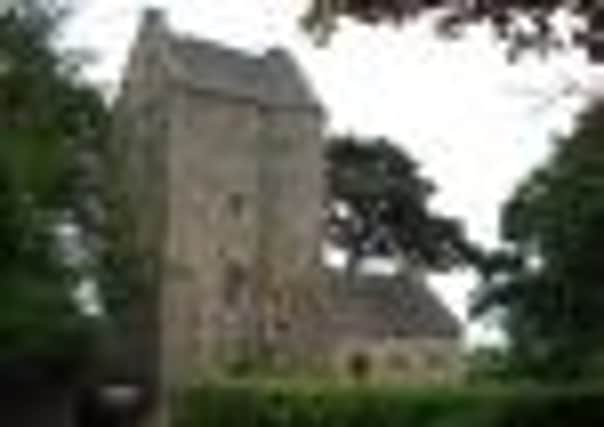Blaze hits historic tower


Thirty firefighters tackled the flames at the height of the blaze, but no-one was injured.
Fire personnel were still at the scene, carrying out salvage operations, later this morning.
Advertisement
Hide AdAdvertisement
Hide AdAn investigation was under way into the cause of the fire, which appeared to have broken out in an upper bedroom of the four-storey building.


The tower is the home of George Jamieson, a taxidermist who works from the premises.
The rectangular stone building was originally occupied by the Bishops of Dunkeld for over 200 years, then by Archibald Douglas of Kilspindie and later by James Inglis of Edinburgh in the 17th century.
After the nearby Cramond House was built in the 18th century the tower became a ruin and remained unoccupied for another 200 years, until Mr Jamieson bought it during the 1970s and restored it.
The fire brigade said it received the call about the fire, understood to have come from the occupiers, at 1.40am.
It was originally thought the fire was in the roof space of the tower, but firefighters arrived to find it was an upper bedroom which was on fire.
All occupants were safely out of the building.
Four fire engines attended and firefighters used breathing apparatus and a thermal-imaging camera to check for hot spots. A Red Cross vehicle also attended to offer support and shelter from the bad weather during the night.
Mr Jamieson has previously described how in 1978 the tower was hidden in a jungle of overgrown elderberry trees, and under threat from a number of 300 year old trees, some of which nearly 70 feet high, the trunk of one was nearly 20 feet in circumference.
Advertisement
Hide AdAdvertisement
Hide AdHis restoration of the building included turning the ground floor of the tower, originally used as a storeroom, into a gallery for paintings and taxidermy displays.
On the third floor, restoration work included the laying of beams and flooring, and the erection of partition walls and doorways to provide bedroom and bathroom accommodation.
And on the top floor, beams and flooring were laid to provide two further bedrooms.
In the 1990s a two storey extension was added to the east side of the building.